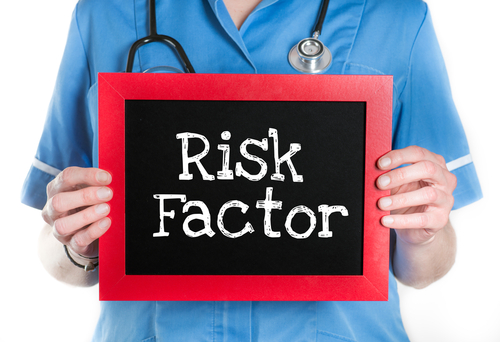OTHER RISK FACTORS FOR FALLS
Common medical conditions that affect many seniors can also increase the risk of falling and the severity of the outcome. Since these physical changes and conditions are a function of aging, it's not always possible to eliminate these risk factors. Understanding how these medical factors can lead to or exacerbate falls can help minimize their threat.
Arthritis: The loss of joint flexibility due to arthritis makes it difficult to maintain a safe gait, to avoid potentially dangerous obstacles, and to maintain balance.
Chronic obstructive pulmonary disease (COPD): The shortness of breath that is caused by COPD (chronic bronchitis and/or emphysema) can cause weakness, dizziness or fainting, even during simple activities like dressing or cooking.
Dementia/Mental confusion: Mental confusion can increase the risk of falls since it may be more difficult to determine whether an activity is putting one at greater risk, or it may take longer to respond to a situation where a fall might otherwise be avoided.
Diabetes: Diabetes can cause a loss of feeling in the feet (diabetic neuropathy), which compromises balance and sense of where obstacles and uneven footing may be a hazard.
-
Heart disease or failure (CHF): Heart conditions can cause dizziness, balance problems, muscle weakness and fatigue, even with only slight exertion. Heart disease is also frequently associated with respiratory difficulties, which can result in many of the same falls-related risks.
-
Low blood pressure: Low blood pressure, particularly when rising from a lying or sitting position, is a common cause of falls due to dizziness and/or fainting.
-
Medications: Side effects of drugs and medications prescribed to treat common medical conditions of the elderly, as well as the difficulties surrounding medication compliance, are also believed to be the root cause for many falls.

-
Osteoporosis: Preventing falls is of greater concern for individuals with osteoporosis. The low bone mass and structural deterioration of bone tissue of osteoporosis leads to bone fragility. This significantly increases the likelihood of fracturing a bone in the hip, wrist, spine, or other part of the skeleton from a fall.
-
Parkinson’s Disease: Tremors, stiff aching muscles, and slow limited movement (especially when the person tries to move from a resting position) are all falls risks associated with Parkinson’s. A person with Parkinson’s disease is likely to take small steps and shuffle with his or her feet close together, bend forward slightly at the waist (stooped posture), and have trouble turning around. Balance and posture problems may result in frequent falls, especially as the disease progresses.
-
Prior stroke: Strokes often result in muscle weakness, and/or sensory imbalances on one side of the body, which can compromise one’s ability to move about safely.
-
Vision problems: A decrease in vision, whether caused by glaucoma and cataracts, or just aging eyes, makes it far more difficult to judge distance and avoid obstacles that could cause falls. This is naturally of higher concern at night or when in the dark.
Drive's Fall Prevention resource page
View our fall prevention resource page to see more related articles.
Explore all of our Bathroom Safety options
Drive offers a wide range of bath benches, grab bars and more to fit your specific safety needs in the bathroom.
Browse our diverse line of Mobility Products
Drive offers an extended line of rollators, walkers, canes and more to assist with your mobility needs and prevent dangerous falls.





